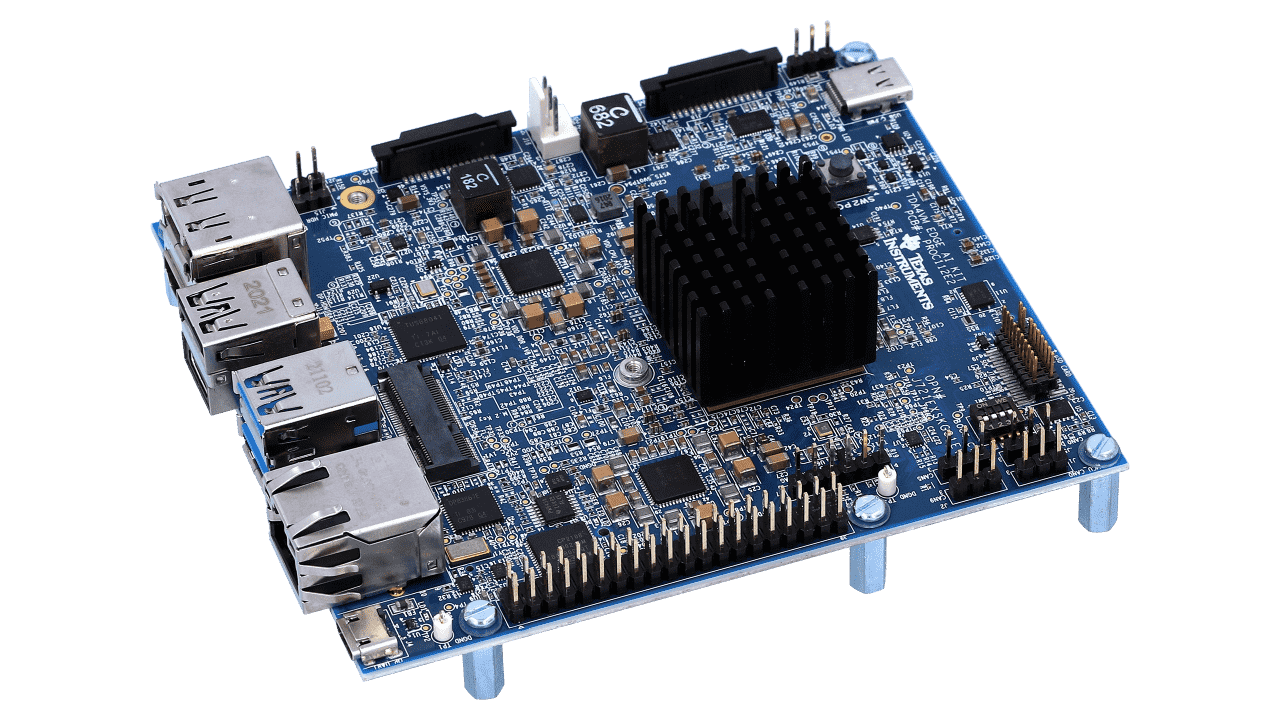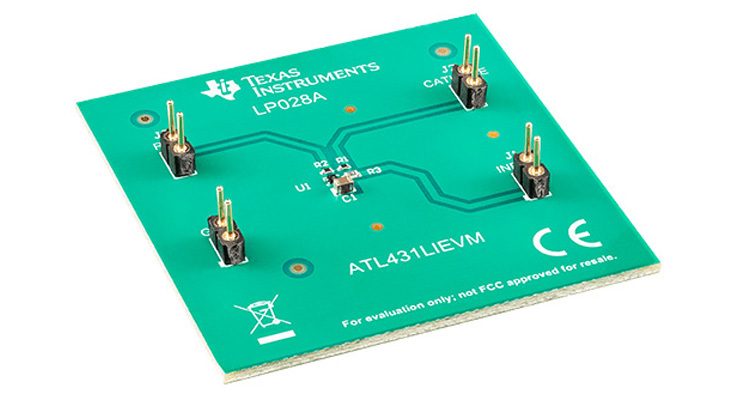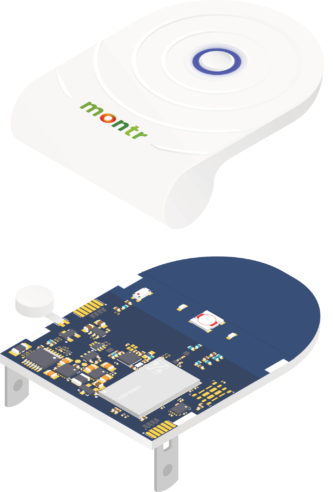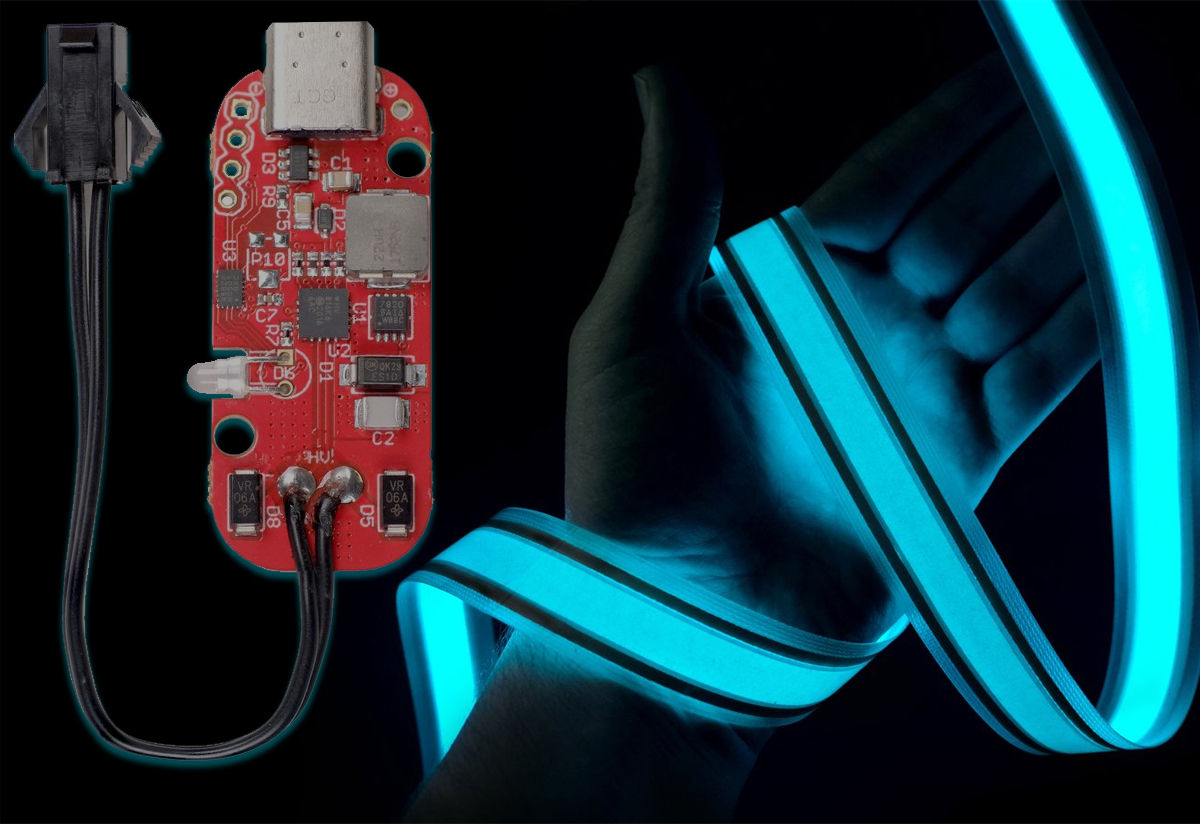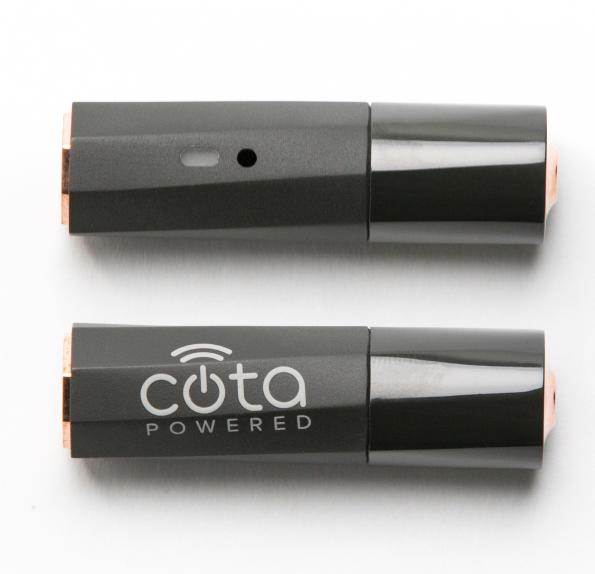
USB power testers provide users with the opportunity of examining how much power a device plugged into a USB port is drawing from the port. While this is mostly used by designers who are building USB-powered devices and are trying to evaluate how much power it consumes, it is sometimes also used to appraise the performance of the USB port to which the device is connected and the USB cable used for the connection, among other uses.
A typical approach, without a USB power tester, involves the use of a USB breakout board with a multimeter in between the device and the USB port. This is usually quite inconvenient and it’s the major reason why USB Power Testers are becoming more popular. While there are tons of brands diverse types of USB power testers in the market, Stefan Wagner thought it’d be cool to make a DIY version of the device, and he recently shared the beautifully designed device on his Github page.
The project is based on the popular INA219 high-side current sensor, which is readily available on Platforms like Aliexpress etc. The project uses the ability of the sensor to measure both current and voltage being drawn by a connected load to monitor power consumption by a connected USB device.

For processing the data from the sensor, the project uses the Attiny45/85 microcontrollers, leveraging on its small form-factor and low power features. Stefan is a big fan of the Attiny series of microcontrollers and has used them in several projects like the tinyRemote which we covered recently, among others. The data from the INA219 current sensor is displayed on a connected OLED display to provide user feedback and two small push buttons are attached on the sides of the device to allow users, switch between different screens.
Some specifications and features of the device are provided below:
The project is totally open-source and all files like the schematics, PCB design files, and firmware, are all available on the project’s Github page.






